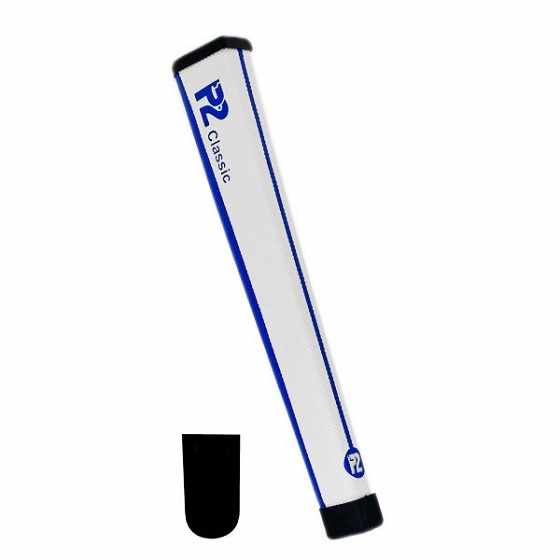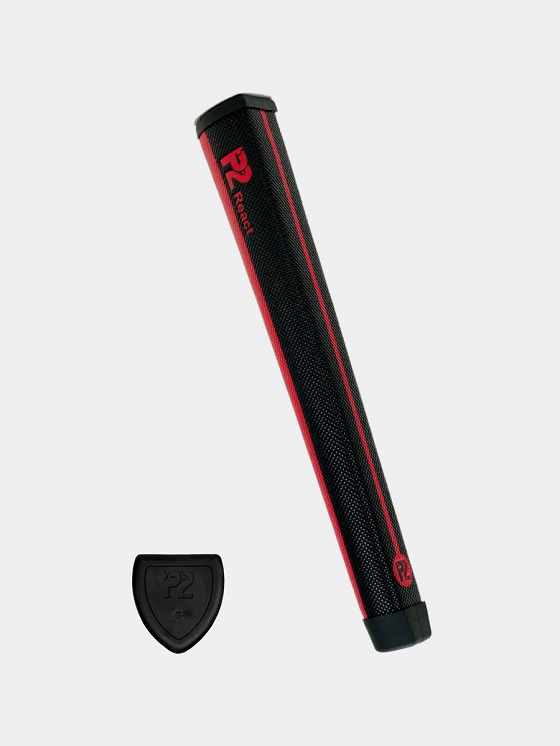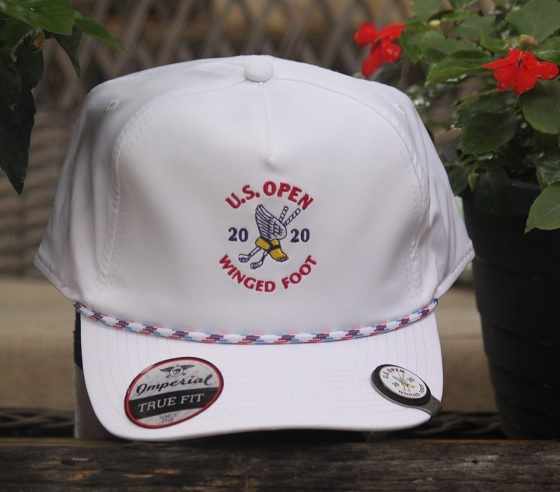
Golf is often called a game of precision, patience, and personal technique. Every detail matters—from the choice of clubs and balls to the smallest adjustments in stance and swing. Yet, one of the most overlooked elements in the game is the grip, especially when it comes to putting. While drivers and irons usually steal the spotlight, the putter is arguably the most frequently used club in a golfer’s bag. In fact, nearly half of the strokes in a round of golf come from the putter. This makes understanding P2 Putter Grip Specs crucial for those seeking consistency on the greens.
This article explores why grip specifications matter, how they affect performance, and what golfers should know when considering different grip styles. We’ll also touch on key design features, materials, and ergonomic factors to help players of all skill levels make informed decisions.
The Role of the Grip in Putting
The grip is the golfer’s only physical connection to the club. On a putter, it plays a pivotal role in translating small hand movements into precise strokes. A well-designed grip can reduce unwanted wrist action, promote a smoother stroke, and increase overall comfort. On the other hand, a poorly suited grip can lead to inconsistency, missed putts, and frustration.
When evaluating grip specifications, players must consider how size, weight, shape, and material contribute to feel and control. Unlike full-swing clubs, where speed and distance dominate, putting emphasizes stability and touch. This makes grip specs even more significant.
Key Specifications of Putter Grips
When analyzing putter grips, several specifications come into play. Each one influences the feel of the club in your hands and ultimately affects performance.
1. Grip Size
Grip size is one of the most influential factors. Larger grips, often referred to as oversized grips, reduce wrist movement and encourage more of a shoulder-driven putting stroke. Smaller grips, meanwhile, allow for more hand action, which some golfers prefer for short putts. Choosing the right size is largely about personal preference, but it can also help correct certain tendencies, such as pushing or pulling putts.
2. Shape and Profile
Grip shape varies from traditional rounded styles to more angular or flat-fronted profiles. Some designs feature parallel sides, while others taper gradually toward the shaft. A parallel profile can offer consistent feel along the hands, whereas tapered grips may provide more control for golfers who rely on finger placement.
3. Weight
The weight of a grip affects the balance of the putter. Heavier grips can change the feel of the stroke, often counterbalancing the putter head to reduce hand tension. Lighter grips, on the other hand, allow the putter head to feel heavier and may help with touch on delicate putts. Golfers often experiment with weight distribution to find the right balance for their personal putting stroke.
4. Material and Texture
Grip materials range from soft rubber to polyurethane and composite blends. Softer materials often provide more comfort, while firmer grips can increase feedback and control. Texture patterns—such as ribbing, perforations, or tacky coatings—add another layer of personalization, influencing how secure the grip feels in various weather conditions.
Why Putter Grip Specs Matter
Every golfer has a unique stroke, influenced by body mechanics, grip style, and putting philosophy. The specifications of a putter grip should match these factors to optimize performance. Here’s why they matter:
Consistency: Correct grip specs reduce unnecessary movement, helping golfers roll the ball on a straighter path.
Comfort: Ergonomic grips lessen hand strain, particularly during long rounds.
Feedback: Different materials and weights provide varying degrees of responsiveness, allowing golfers to “feel” their stroke.
Customization: Grip specs offer a way for players to tailor their equipment without investing in a completely new putter.

Different Grip Styles in Putting
The specifications of a grip also influence which putting styles work best. Some of the most common styles include:
Conventional Grip: Both hands on the putter in a similar fashion to a full swing. A standard or slightly tapered grip often suits this style.
Cross-Handed (Left Hand Low): Favored for stability, this grip benefits from parallel profiles that keep the hands level.
Claw Grip: This unconventional style minimizes wrist motion. Wider or uniquely shaped grips often complement this method.
Arm-Lock Grip: Used by some professionals, this technique requires a longer and often thicker grip to anchor against the forearm.
Understanding P2 Putter Grip Specs is important because such specifications are often designed with these various grip styles in mind, ensuring players can find a grip that supports their preferred method.
Adjusting Grip Specs for Performance
Many golfers make the mistake of sticking with the grip that comes standard on their putter. However, small adjustments can yield big improvements:
Experiment with Sizes: If you struggle with shaky hands or inconsistent strokes, a larger grip may help steady your motion.
Try Different Weights: Counterbalanced grips can smooth out tempo, while lighter options improve touch on fast greens.
Pay Attention to Weather: Golfers in humid or rainy climates may prefer textured or tacky grips to prevent slippage.
Replace Worn Grips: Over time, grips lose their tackiness and comfort, affecting performance. Regular replacement ensures consistency.
The Psychological Factor
Beyond mechanics, grip specifications play a psychological role. A grip that feels comfortable and inspires confidence can positively impact a golfer’s mindset. Many players report that simply switching to a grip that fits their hands better gives them renewed confidence on the greens. Since putting is as much mental as it is physical, this aspect should not be overlooked.
Testing and Custom Fitting
The best way to determine the right grip specs is through testing and professional fitting. Many golf shops and fitting centers allow players to try different grip sizes, shapes, and weights before committing. Testing under real putting conditions helps identify which specs complement a golfer’s natural stroke and tendencies.
Professional fitters may also analyze hand size, grip pressure, and putting stroke mechanics to recommend the most suitable specifications. For serious golfers, this investment often pays dividends in improved consistency and lower scores.
Common Mistakes to Avoid
When considering putter grip specifications, golfers should avoid the following pitfalls:
Ignoring Personal Comfort: Just because a grip is popular doesn’t mean it will work for everyone. Comfort should always come first.
Overlooking Weight Balance: Changing grip weight without considering putter head balance can disrupt feel and control.
Waiting Too Long to Replace Grips: A worn grip not only feels different but can also alter stroke mechanics subtly over time.
Copying Professionals Blindly: What works for tour players may not suit recreational golfers. Specs should be tailored to individual needs.
Future Trends in Putter Grip Design
As golf technology evolves, grip design continues to advance. Some trends include:
Ergonomic Shaping: Grips designed to fit the natural contours of the hands.
High-Tech Materials: Durable, lightweight materials that improve comfort and performance.
Counterbalancing Options: Built-in weight systems that optimize stroke stability.
Custom Colors and Textures: Allowing golfers to personalize grips without sacrificing performance.
These innovations reflect the growing recognition of how critical grip specs are to success on the greens.
For golfers, attention to detail is often the difference between a good round and a great one. While clubs, balls, and technique receive much of the focus, the grip—especially the putter grip—should not be underestimated. By understanding specifications such as size, weight, shape, and material, including insights from P2 Putter Grip Specs, players can make more informed choices that enhance their putting performance.
Ultimately, the right grip is not about following trends but about finding a fit that complements your natural stroke and personal comfort. Whether you’re a beginner seeking consistency or a seasoned golfer fine-tuning your game, exploring grip specifications is a valuable step toward improvement.
In the end, the right golf equipment is not just about technical specs—it’s about maintaining readiness, focus, and respect for the game itself, with Classic Golf of the Carolinas.






Write a comment ...